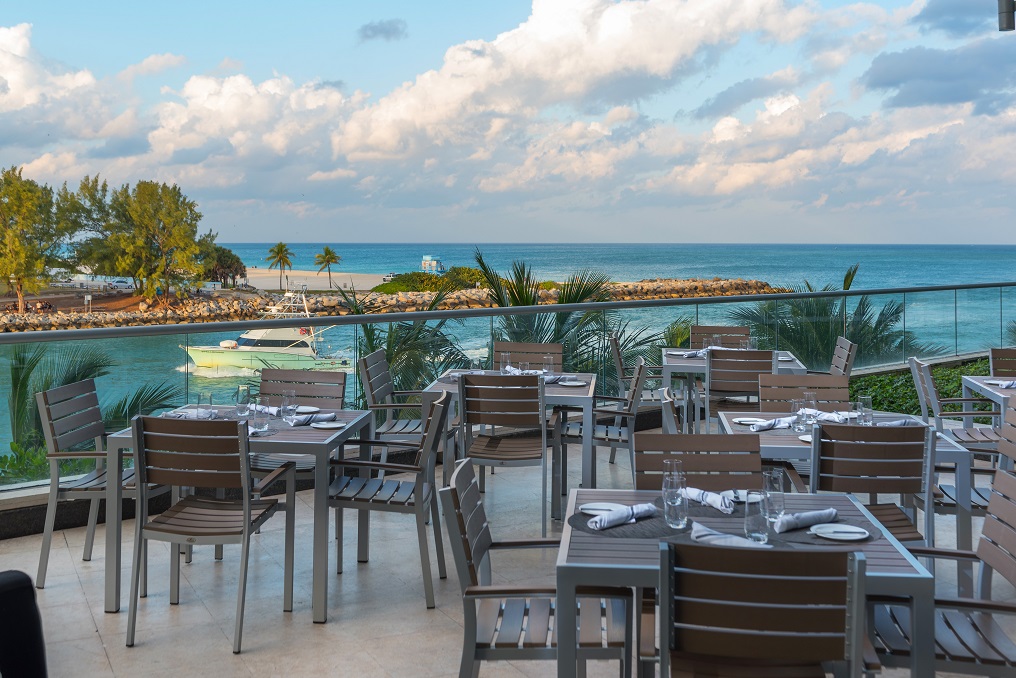Many people who take part in an inpatient substance abuse treatment program transition to sober living homes before returning to their homes. These sober living homes provide support as they work to reenter society. What are they, and why are they necessary?
What Are Sober Living Homes?
Individuals who complete substance abuse treatment programs may move into sober living homes before returning home. This structured and supportive housing gives them additional time to develop and practice coping and self-reliance skills. Is this additional treatment step necessary?
Sober Living Homes and Recovery Outcomes
According to the National Institute on Drug Abuse (NIDA), 90 days of treatment is needed for many people. However, as each person is unique, some individuals need more time while others need less. The one thing that is consistently seen is the length of time spent in treatment directly impacts the person’s recovery.
Who Will Benefit Most From a Sober Living Home?
Certain people benefit significantly from a stay in a sober living home. Those who have a dual diagnosis need this additional support as do men and women who have relapsed in the past. Anyone who does not have a strong support system at home will also benefit from time in a sober living home. The same goes for those men and women who appear to be resistant to treatment.
Average Length of Stay in a Sober Living Home
According to The Journal of Psychoactive Drugs, most people stay in a sober living home for 166 to 254 days. When they do so, they have fewer problems with substance use. Arrest rates decline while employment rates rise. Their stable living situation continues following release from the sober living home.
These houses allow people to stay as long as they feel is necessary. However, residents must comply with all house rules. These homes are part of a step-down approach that benefits many people.
How Sober Living Homes Prevent Relapse
Residents of sober living homes must practice complete abstinence. The longer they do so, the lower the relapse rate. Anywhere from 40 to 60 percent of addicts relapse, and sober living homes can reduce this figure. They do so through peer support and regular participation in 12-step meetings. Although these meetings aren’t mandatory, they are highly encouraged.
Psychology Today reports addicts who remain substance-free for a minimum of one year have lower relapse rates. Less than 50 percent of people who are sober for one year or longer relapse compared to 67 percent of those who relapse within the first year. People who remain sober for five years have a relapse rate of around 15 percent. Time spent in a sober living home helps a person stay sober, so this option is one every person should consider as part of their recovery.
Sober living homes come with a social aspect that helps residents move back into society. They provide addicts with security and structure at a time when they are desperately needed. As the addict’s stay progresses in the sober living home, they may slowly engage in normal daily activities.
This gradual reintroduction of normal activities allows them to identify potential triggers and stressors. They can then find ways to manage the triggers and stressors without resorting to substance abuse, as they have a solid support system to help them do so. This helps to minimize the risk of relapse significantly, so every person in recovery should consider spending time in a sober living home as part of their overall treatment plan.

